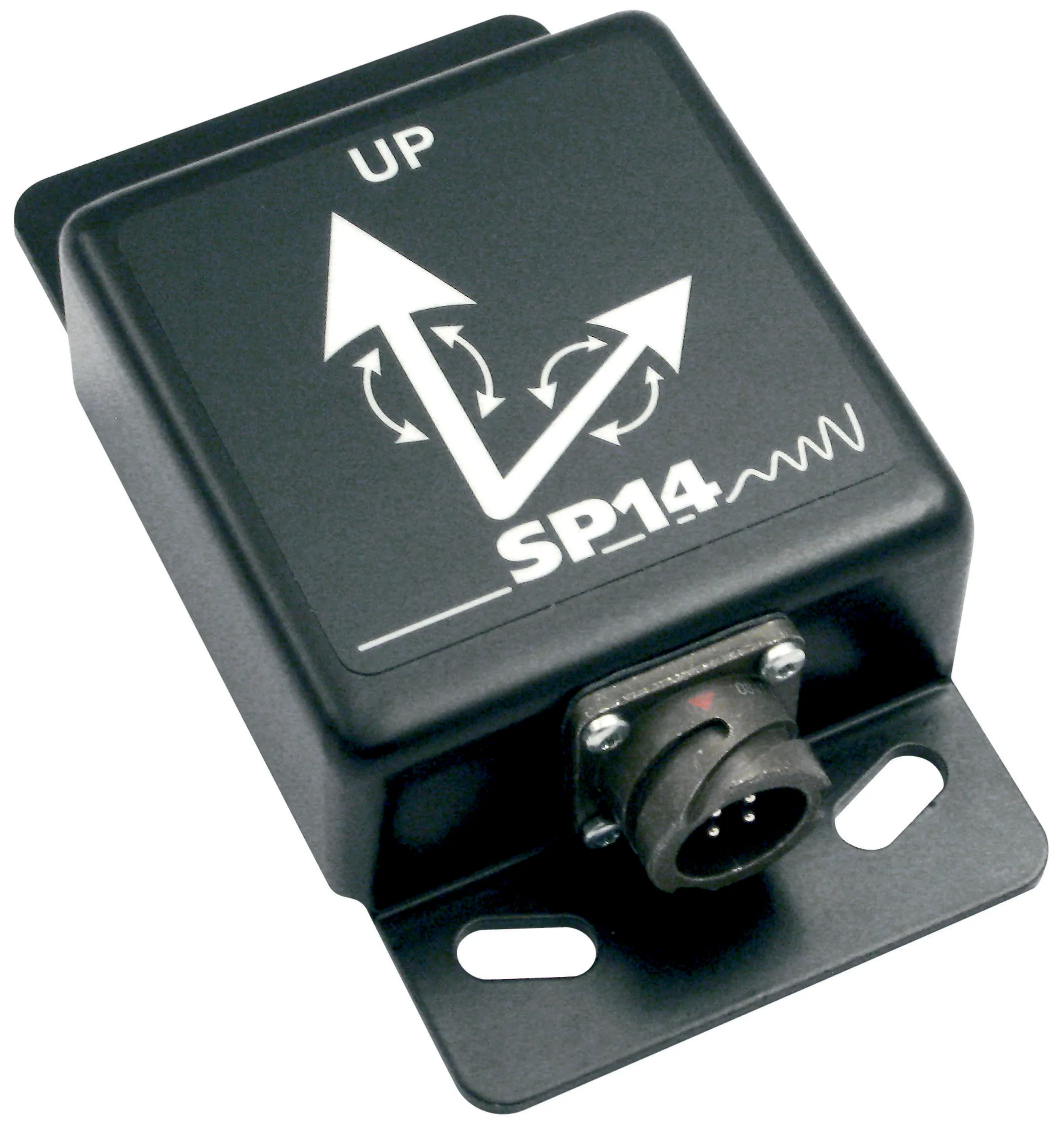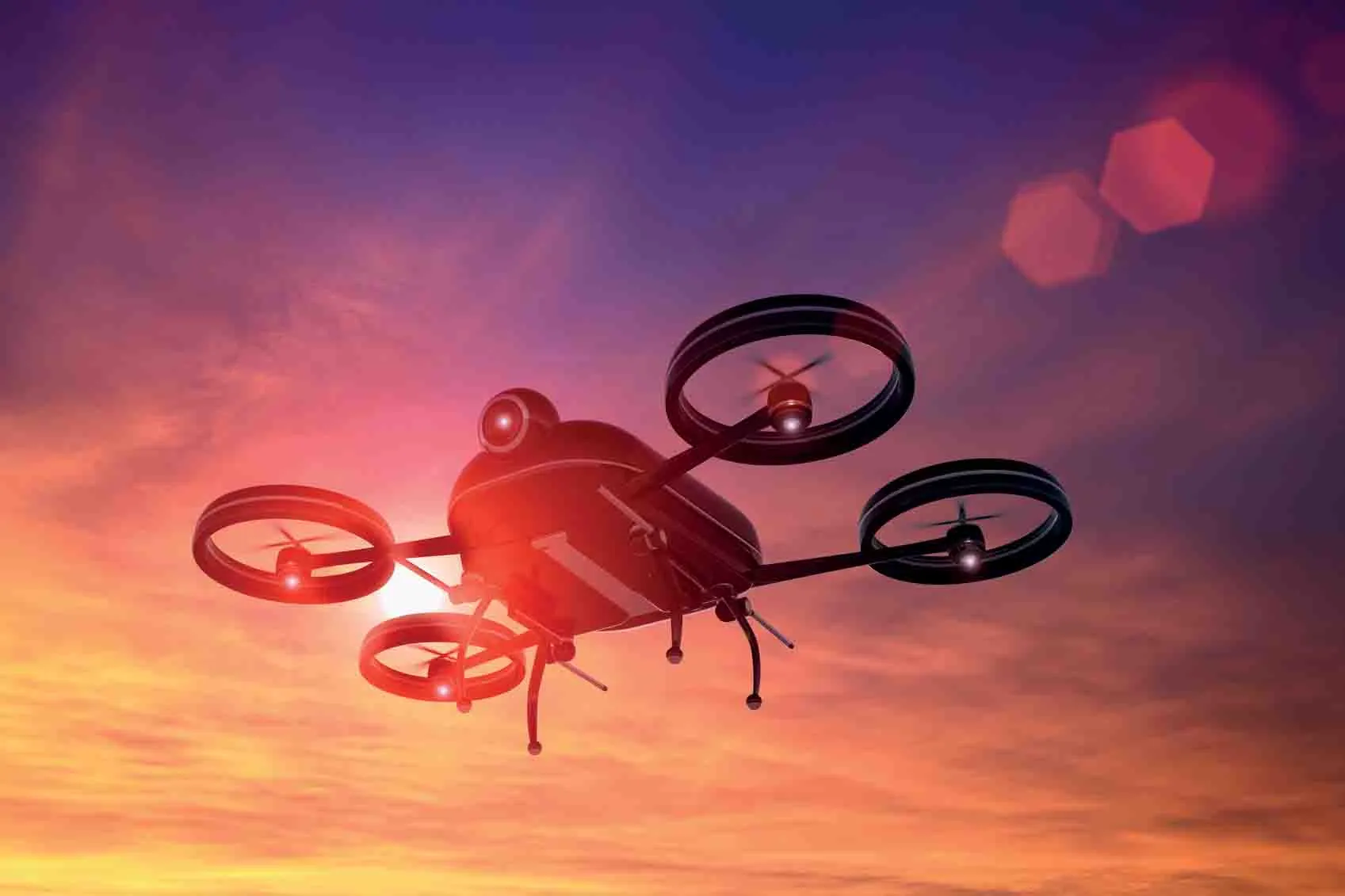A sophisticated Advanced Driver Assistance System (ADAS) will be fitted to some models of cars that will be able to nag drivers about their poor driving technique. The system can tell drivers to change gears to improve fuel economy and sound collision warnings or provide damage alerts. In addition, the package can also generate a three-dimensional view of the route ahead, showing gradients, obstacles and road width. Use of this technology is hoped to prevent drivers from selecting routes that are unsuitable
July 17, 2012
Read time: 1 min
A sophisticated Advanced Driver Assistance System (ADAS) will be fitted to some models of cars that will be able to nag drivers about their poor driving technique. The system can tell drivers to change gears to improve fuel economy and sound collision warnings or provide damage alerts. In addition, the package can also generate a three-dimensional view of the route ahead, showing gradients, obstacles and road width. Use of this technology is hoped to prevent drivers from selecting routes that are unsuitable for their vehicles and will also help boost safety. Studies suggest that while drivers are generally favourable to such technology that can improve safety, they would prefer an off switch.








